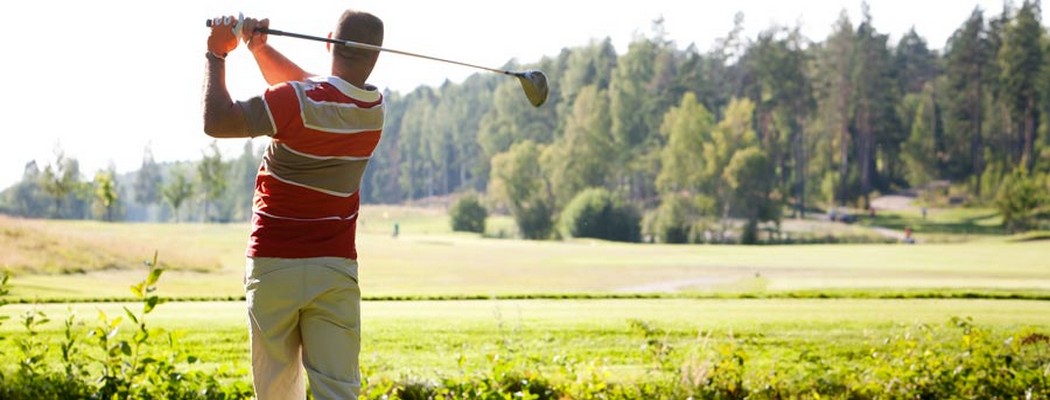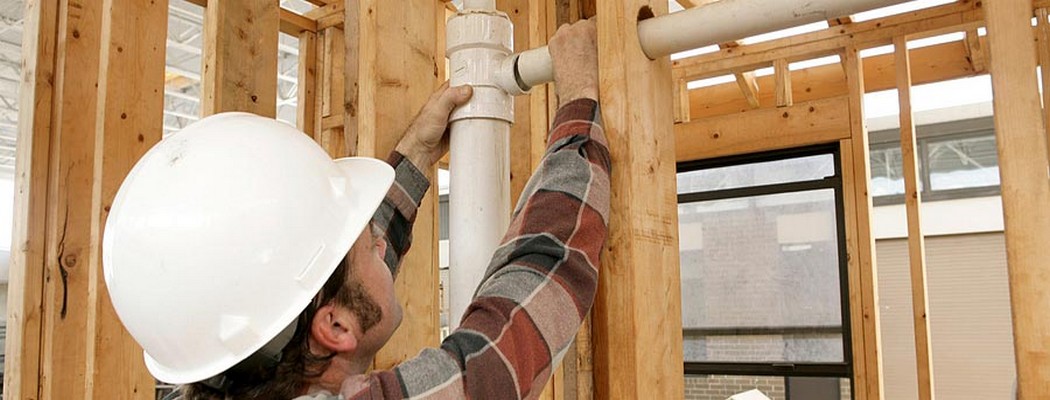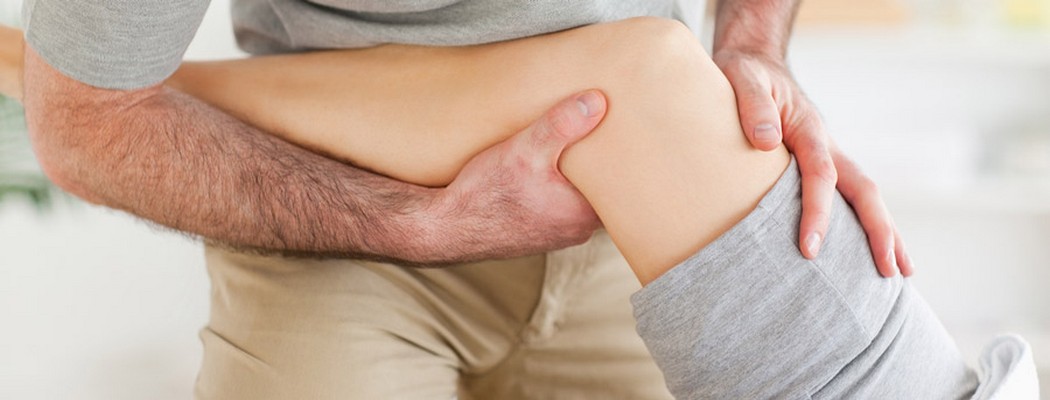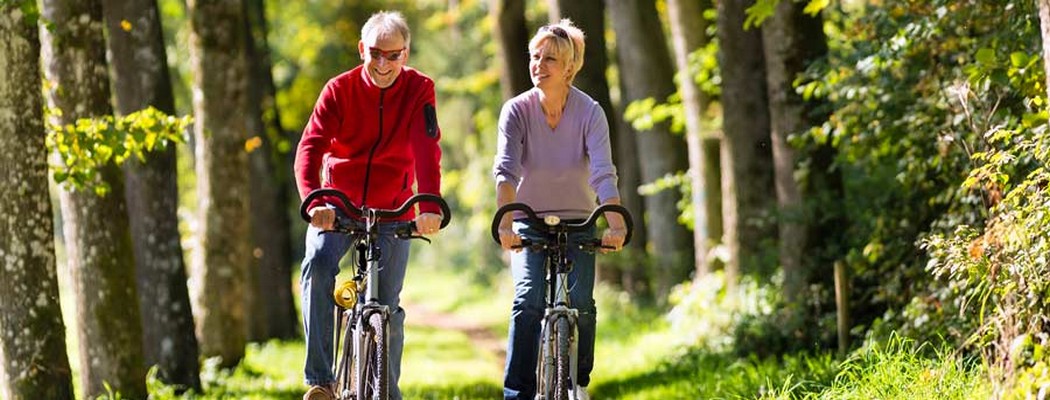Q: The health club I go to has several different pools to choose from. I like going in the water because it makes my arthritic knees feel better. They have a pool with a treadmill in it that I could use. Is that easier or harder than walking on the bottom of the pool?
A: Good for you to include regular exercise in your week! There are many studies that have shown the value of exercise for people with knee osteoarthritis. Pounding the pavement (walking outside the pool) can increase pain. Aquatic therapy in a pool of warm, supportive water is one way to get the needed exercise without the added stress.
Walking on a treadmill in water is not the same as walking in water without a treadmill. When using a treadmill in a pool, only the lower half of the body is underwater (which makes it easier to walk). Walking without the benefit of a treadmill places the feet on the bottom of the pool so more body is submerged making it more difficult to move.
The more body that is underwater, the greater the "fluid drag," which slows a person down. Studies comparing energy required to walk on an aquatic treadmill versus a land treadmill show similar energy requirements. In other words, it is not more difficult or exhausting to walk on a treadmill underwater compared with a land treadmill. But it is certainly more difficult to walk through a pool without the aid of a treadmill. And the higher the water level, the more difficult it becomes.
Aquatic treadmill walking has also been shown to decrease the impact on the knee. The buoyancy of the water reduces the force from the ground starting at the foot and traveling up to the knee (called the ground reaction force). Decreasing the joint load by using an aquatic treadmill reduces pain and improves exercise quantity and quality.
It is thought that the combination of increase in fluid resistance, warmth and pressure of the water, and unloading of the joints work together to create beneficial effects. For example, you may experience a more normal gait (walking) pattern, better balance, and less risk for falls.
Reference: Jaimie A. Roper, MS, et al. Acute Aquatic Treadmill Exercise Improves Gait and Pain in People with Knee Osteoarthritis. In Archives of Physical Medicine and Rehabilitation. March 2013. Vol. 94. No. 3. Pp. 419-425.
Call (519) 767-6722
Servicing the Guelph Area
Servicing the Guelph Area







